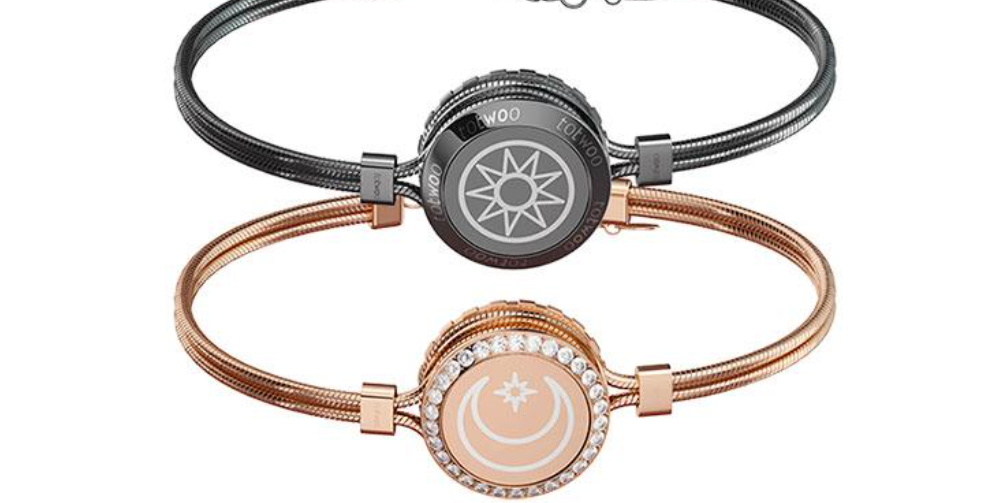Virtual reality (VR) headsets have completely transformed how we consume entertainment, and the oculus quest 2 is one of the most well-liked models available. However, using VR headsets can be difficult if you wear glasses or have vision issues. The optical clarity, weight, durability, and comfort of your VR prescription lenses can all be impacted by your chosen material. In this article, you’ll review the materials used in oculus quest 2 corrective lenses to pick the one that best suits your requirements.
Polycarbonate Lenses
Prescription lenses for VR often use the lightweight plastic material polycarbonate. Due to its high impact resistance, this substance is well suited for VR headsets. In addition to being lighter and thinner than other materials, polycarbonate lenses are a preferred option for VR prescription lenses. Polycarbonate lenses are perfect for people who are rough with their lenses or wear them in settings where they might get scratched, like outdoor VR experiences. Polycarbonate lenses are a great option if optical clarity is less important to you than durability and impact resistance.
CR-39 Lenses
A thin plastic called CR-39 is renowned for its optical clarity and resistance to scratches. Due to its ability to support thicker lenses without adding significantly more weight, this material is favored by those with strong prescriptions. CR-39 lenses are a preferred option for VR prescription lenses. But unlike polycarbonate or other materials, CR-39 lenses are not as impact-resistant, so they might not be the best option for people who use their VR headsets in challenging conditions.
Trivex Lenses
Trivex, a relatively new material, is gaining popularity in the optical sector. This substance’s optical clarity, impact resistance, and lightweight are well known. Trivex lenses are a great option for VR prescription lenses because they are thinner than CR-39 lenses. Trivex lenses are a fantastic option for people who want tough lenses that can withstand daily wear and tear because they are scratch-resistant.
High-Index Plastic Lenses
VR prescription lenses for people with high prescriptions are made of high-index plastic. The optical clarity and thinness of this substance are well known. High-index plastic lenses are a great option for prescription VR lenses because they are lightweight and scratch-resistant. Thicker lenses can be used with high-index plastic lenses without adding excessive weight or reducing optical clarity.
Glass Lenses
Due to their weight and fragility, glasses are not frequently used in prescription VR lenses. But when compared to other materials, glass lenses offer the best optical clarity and scratch resistance. Glass lenses are a great option for people with high prescriptions because they are also less likely to warp. People who value optical clarity over weight and durability should consider glass lenses.
Conclusion
In conclusion, VR prescription lenses are a game-changer for those using Oculus Quest 2 who wear glasses or have vision issues. It’s important to make the right choice for the material of your VR prescription lenses because it will greatly impact your lenses’ optical clarity, weight, durability, and comfort. The most popular materials for VR prescription lenses are polycarbonate, CR-39, Trivex, high-index plastic, and glass. Each has a distinct set of benefits and drawbacks. It is crucial to consider your unique requirements, preferences, and spending limit to determine which material best fits you. You can have a cozy and immersive VR experience without sacrificing your comfort or vision by picking the right material for your VR prescription lenses.
















